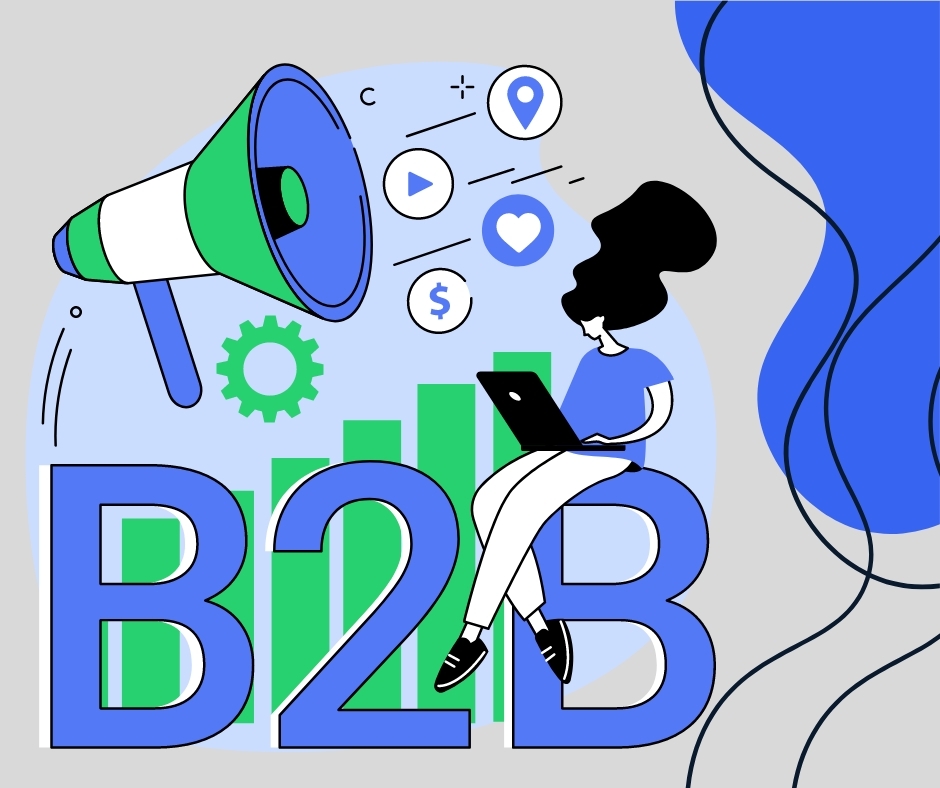TABLE OF CONTENTS
Share This Story, Choose Your Platform!
To understand how we make sales calls today one needs to know the history of telemarketing.
The roots of telemarketing date back to the mid-20th century when a group of housewives started calling people to find potential cookie buyers. Around 1965, telemarketing became more popular, and more people became professionally trained to make sales calls. Five years later, telemarketing became widely recognized.
From ground rules to laws
In 1991, the Telephone Consumer Protection Act was passed by the US Congress which established some rules that telemarketers had to follow. For example, they were not supposed to call potential customers before 8 am or after 9 pm or use artificial or prerecorded messages. They also had to maintain an internal Do-Not-Call list and always state their name and the name of the company they were working for.
The act created some ground rules but the rising amount of sales calls and the assertive behavior of salespeople created a public uproar in the US in 2003. That resulted in the passing of the Do-Not-Call Registry Act law. This law created an option for consumers to willingly opt-out of telemarketing by registering their phone numbers on the list.
The Do-Not-Call list, caller IDs, and answering machines made it easier for people to ignore cold calls and telemarketers and to eliminate them completely. That forced salespeople and telemarketers to reinvent their methods to be more acceptable and less intrusive to potential clients.
From assertiveness to personalization
Today, cold calling isn’t as cold as it used to be. The tone of sales calls is mostly nonintrusive, personalized, and genuine. The internet and social media have given salespeople and telemarketers a huge potential to learn about their potential clients beforehand and to personalize their message for each client.
The future of telemarketing will be directly related to constantly developing technology. There are already some companies out there that are using automated but human-assisted telemarketing where the voice of the talker is pre-recorded. The salesperson just chooses the right answers through an interface and the so-called sales bot does the talking.
Read more about personalized cold calling from How to make more efficient cold calls?
Hang Up on Telemarketing
Gone are the days of dreaded telemarketing calls interrupting our dinner or stealing our precious time. It seems like the universe has finally come to its senses and handed over the reins to a much more delightful and effective approach: referral marketing.
Picture this: You’re peacefully enjoying a meal with your loved ones, savoring each bite, when suddenly your phone rings. But fear not! Instead of an awkward conversation with a stranger trying to sell you something you don’t need, your phone buzzes with a notification from a friend recommending a product or service they genuinely love. Cue the collective sigh of relief.
Referral marketing has stepped up as a breath of fresh air, replacing the tired old ways of telemarketing. It harnesses the influence of personal connections, capitalizing on the trust and authenticity inherent in recommendations from those closest to us. Imagine it as a virtual grapevine, transmitting uplifting vibes and practical advice, all without the cringe-worthy sales pitches and mechanical monologues.
STAY IN THE LOOP
Subscribe to our free newsletter.
Are you ready to unlock the full potential of your sales strategy? What is Lead Sharing, and how can you benefit from it?
The sales funnel starts with leads. Learn what sales leads are, how they’re different from prospects, and how to generate them successfully.
In the realm of B2B sales, referrals play a crucial role in driving business. A significant percentage of B2B sales begin with a referral, highlighting the impact of word-of-mouth in the business world.
Customer reviews can have a significant impact on purchasing decisions. Studies have shown that the majority of consumers read reviews before making a purchase, and positive reviews can increase the likelihood of a sale







